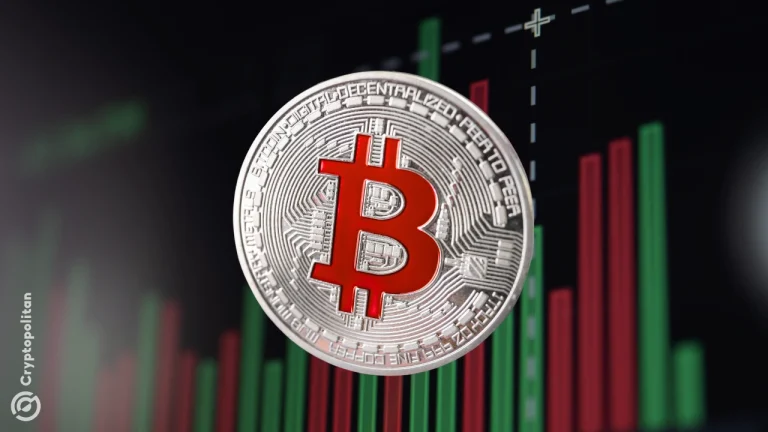Ethereum Development Timeline: Key Upgrades and What’s Next
Ethereum, launched in 2015 by Vitalik Buterin and a team of developers, has grown into the leading smart contract platform powering a vast ecosystem of decentralized applications.
Its path from a bold idea to the backbone of DeFi, NFTs, and Web3 has been anything but linear. The Ethereum roadmap is marked by significant technological shifts, each upgrade bringing the network closer to scalability, sustainability, and mainstream adoption.
Understanding the Ethereum development timeline helps both users and developers make sense of where the network came from and where it’s headed. From proof-of-work to proof-of-stake, from high gas fees to Layer 2 solutions, Ethereum’s evolution is a story of continuous innovation.
The Early Years: Frontier to Homestead
Ethereum’s official launch took place in July 2015 with its “Frontier” release — a basic but functional platform designed primarily for developers. It was followed in March 2016 by the Homestead upgrade, which added user-facing improvements, made the network more stable, and signaled Ethereum’s transition into a usable smart contract platform. These early phases laid the groundwork for experimentation and growth, though the infrastructure remained rough around the edges.
Shortly after Homestead came a critical moment in Ethereum’s history — The DAO hack in June 2016. A flaw in a smart contract allowed a hacker to siphon millions of dollars worth of ETH. The community voted to reverse the theft through a hard fork, leading to the formation of two chains: Ethereum (ETH) and Ethereum Classic (ETC). This event tested Ethereum’s governance and resilience, shaping its future development model.
Scaling Up: Metropolis and the Arrival of dApps
Between 2017 and 2019, Ethereum underwent the Metropolis phase, which came in two parts: Byzantium and Constantinople. These upgrades improved transaction privacy, enhanced smart contract capabilities, and adjusted the mining difficulty to keep the network stable.
During this time, Ethereum saw explosive growth in decentralized applications. Projects like MakerDAO, Compound, and Uniswap began to take shape. The foundation was laid for what would later become the booming DeFi sector. However, it also became clear that Ethereum’s infrastructure couldn’t handle large-scale usage without becoming congested and expensive.
Ethereum 2.0 Begins: The Beacon Chain and The Merge
The long-awaited shift to Ethereum 2.0 was initiated with the launch of the Beacon Chain in December 2020. This was Ethereum’s first move toward proof-of-stake (PoS), running in parallel with the existing proof-of-work (PoW) chain. The Beacon Chain didn’t handle transactions initially but coordinated the new staking mechanism that would eventually replace mining.
The biggest moment came in September 2022, with The Merge. Ethereum officially transitioned from proof-of-work to proof-of-stake, drastically reducing energy consumption and positioning itself as a more environmentally friendly blockchain. This upgrade not only changed the consensus mechanism but also paved the way for future scalability improvements.
Post-Merge Enhancements: Shanghai and Dencun
In 2023, the Shanghai upgrade enabled stakers to finally withdraw their ETH from the Beacon Chain, unlocking liquidity and making staking more attractive to a wider audience. This marked a new era of economic participation in Ethereum, especially for institutional users and custodial platforms.
By 2025, Ethereum introduced the Dencun upgrade, focused on proto-danksharding — a crucial step toward full sharding implementation. The goal was to make data storage more efficient and drastically reduce Layer 2 transaction costs. Proto-danksharding helps rollups scale better, which is essential as most users now interact with Ethereum through Layer 2 networks.
What’s Next for Ethereum?
The Ethereum roadmap is far from finished. The next stages of development are centered around scalability, user experience, and decentralization.
One of the main goals is full sharding, which will allow Ethereum to process transactions and store data in parallel segments called shards. This will significantly boost throughput and lower costs without compromising security.
Another priority is account abstraction, which will simplify how users interact with Ethereum. The aim is to make blockchain wallets behave more like regular apps, enabling things like password recovery, auto-payments, and bundled transactions — reducing complexity for mainstream adoption.
State expiry and verkle trees are also on the horizon. These technical upgrades will streamline the Ethereum database, allowing nodes to run more efficiently and strengthening the long-term sustainability of the network.
Ethereum’s journey from a simple smart contract platform to a decentralized global computer is marked by constant progress and community-led innovation. Each phase of its roadmap — from Homestead to The Merge, from proto-danksharding to future sharding — has brought new capabilities, challenges, and opportunities.
For developers, understanding the Ethereum roadmap is key to building dApps that can scale and evolve. For users and investors, it provides insight into where the network is heading and what to expect next.
As Ethereum continues to grow, its development timeline reflects more than technical upgrades. It tells the story of a global movement toward a more open, programmable, and decentralized internet. With more breakthroughs ahead, Ethereum’s future remains as compelling as its past.







